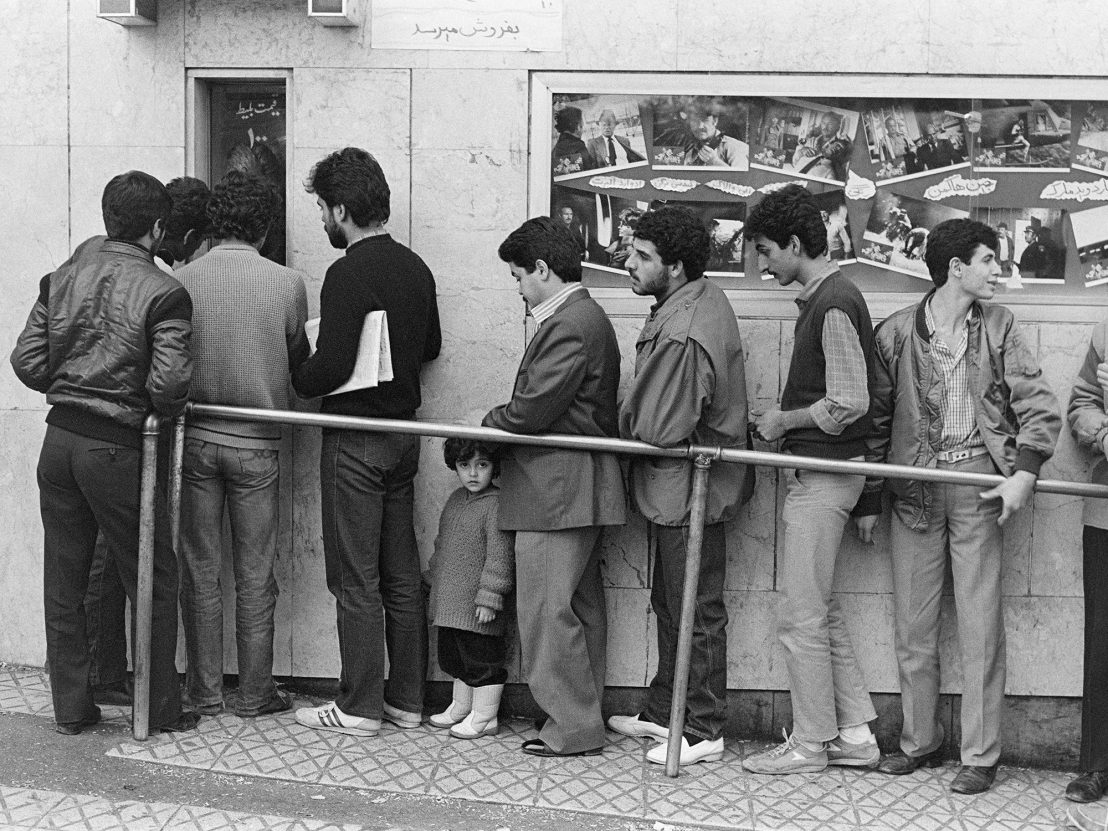
This fascinating and melancholy documentary sees an Iranian exile in London looking back to the stranger-than-fiction roots of his formative cinephelia.
The tired Tarantino ur-myth of the working class, self-starting hipster cinephile has suffused modern film culture to the point where the director is now seen as the equivalent of a boxcar fighter who rose up and went on to nab the title.
The story goes that QT shunned film school and learned all his moves from bingeing through the VHS holdings of the video rental store for which he was the clerk. Well QT ain’t got nothing on Ehsan Khoshbakht, whose own cinephile rite of passage was laced with danger, intrigue, insect infestation, post-revolutionary malaise and a mysterious old movie collector named Ahmad Jurghanian.
Ahmed’s story is inextricably entwined with the politically tumultuous story of modern Iran, where, in the pre-revolutionary era a thriving albeit restricted film culture allowed for screenings of western movies with segments sliced out to retain the moral fortitude of the nation. When a film had completed its run, it was expected that the reel of celluloid would be sent to a film executioner who would bludgeon it with an axe.
Like a wily resistance fighter, Ahmed saved hundreds of films from the chop, alongside stacks of gorgeous original posters, lobby cards and other memorabilia. And then, when the revolution hit and didn’t lead to the liberal utopia that some had expected, he hoarded them in various mouldering basement apartments across central Tehran.
Now, Ahmed was no archivist in the traditional sense, and even though he had an armchair interest in film history, Khoshbakht suggests that he saw these films as more of a personal treasure for which he had to deduce a purpose. Following a few visits, Khoshbakht quickly became Jurghanian’s unofficial mentor and helpmeet.
There was, of course, an inherently political dimension behind his choice to save these films from destruction in a country where owning physical media was against the law. And yet, Jurghanian was not actively engaging in civil disobedience or biting a thumb towards the regime: he merely felt empowered by being the owner of these rusted, unmarked tins full of celluloid dreams. Perhaps they stood in for the family he never had?
Khoshbakht formulates this story as a personal reflection of an era for which his feelings remain ambiguous. The joys of having these films at your fingertips is dashed by the reality that that the entrance to the cave of wonders has been well and truly blocked.
Celluloid Underground is realised through a mix of evocative filmed archive footage (featuring baby Ehsan in his firebrand university days) and a carefully-stitched patchwork of film excerpts, pulled primarily from the little-seen work by pre-revolutionary Iranian filmmakers. The moody texture of the film is enhanced further by Ekkehard Wölk’s gorgeous jazz score.
The film does leave some questions unanswered, and these range from the purely practical (such as what happened to Ahmad’s holdings after he died) to the emotional (such as, what was the reason for emotional chilliness between the men). Khoshbakht’s narration is lyrical to a tee, through he rarely talks about people with the same deeply-felt poeticism as he does the contents of those hallowed film cans. But that, I guess, is the point of the film.
Published 6 Oct 2023